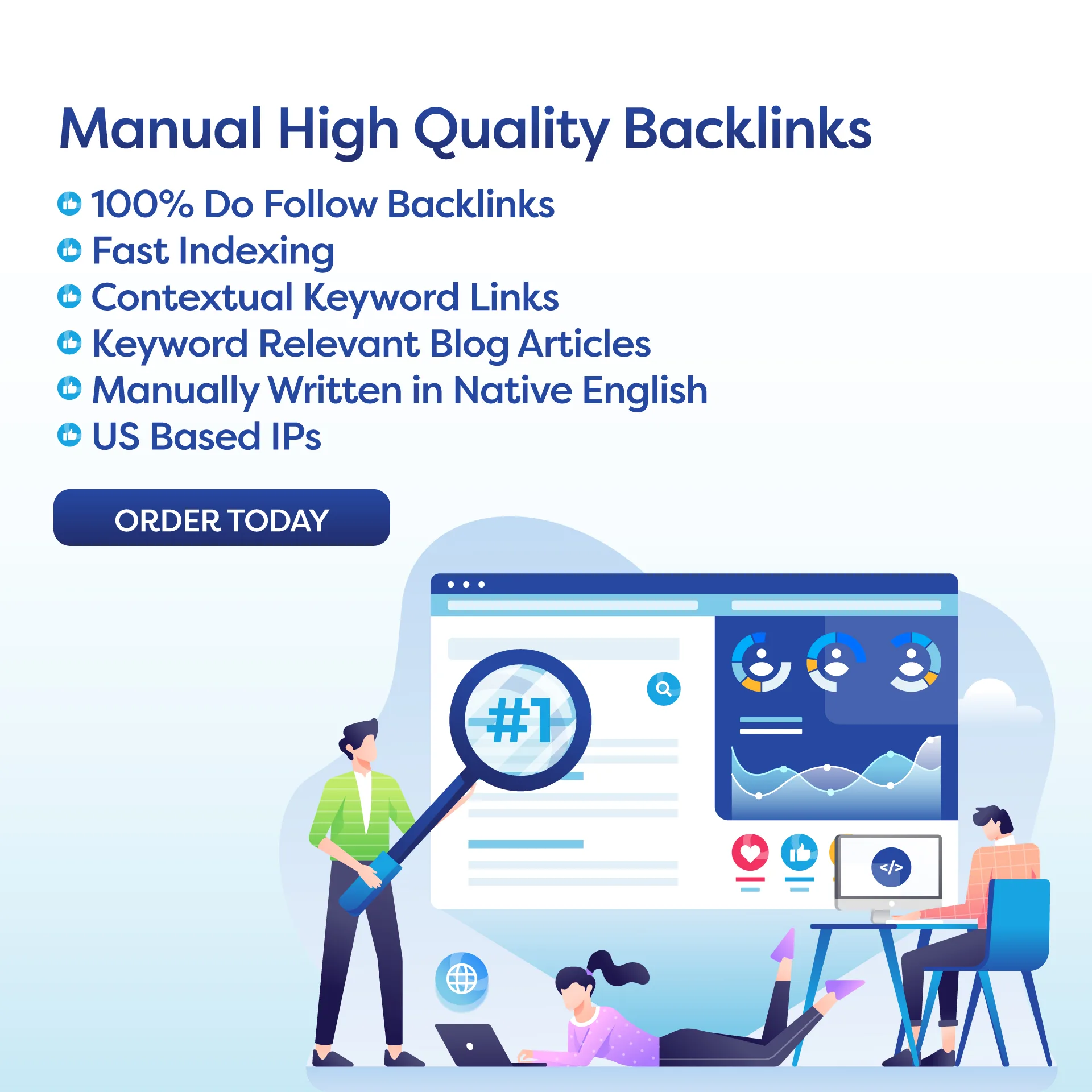: A Guide to Making Your Site Accessible
Web Accessibility Standards: A Guide to Making Your Site Accessible
Introduction
In today’s digital age, having a website is crucial for any business or organization. However, with millions of people using the internet every day, it is important to ensure that your website is accessible to all individuals, including those with disabilities. This is where web accessibility standards come into play.
What are Web Accessibility Standards?
Web accessibility standards are a set of guidelines and best practices designed to make websites more accessible to people with disabilities. These standards are developed and maintained by the World Wide Web Consortium (W3C), an international community that works to improve the accessibility of the internet for all individuals.
Why is Web Accessibility Important?
Making your website accessible is not only the right thing to do, but it also has many benefits. By ensuring your website is accessible, you are opening up your business or organization to a larger audience, including people with disabilities. This can lead to increased traffic and potential customers. Additionally, complying with web accessibility standards can help improve your website’s search engine ranking and overall user experience.
How to Make Your Site Accessible
Now that you understand the importance of web accessibility standards, here are some tips and guidelines to help make your website more accessible:
1. Use Appropriate Colors
Using appropriate colors on your website is crucial for individuals with color blindness or low vision. Avoid using color combinations that may be difficult for these individuals to distinguish, such as red and green. Additionally, make sure to provide alternative text for images, as some individuals may not be able to see the images on your site.
2. Make Navigation Easy
Navigation is key for any website, and it is especially important for individuals with disabilities. Make sure your website is easy to navigate by using descriptive headings, clear links, and a logical layout. This will not only improve the user experience for individuals with disabilities but for all users as well.
3. Provide Keyboard Accessibility
Some individuals may not be able to use a mouse or touch screen to navigate your website. Therefore, it is important to ensure that your website can be easily navigated using only a keyboard. This can be achieved by using proper HTML markup and providing keyboard shortcuts for important actions on your site.
4. Use Proper HTML Markup
Using proper HTML markup is crucial for web accessibility. This includes using heading tags (h1, h2, h3, etc.) in the correct order, using alt text for images, and properly labeling form fields. These practices not only improve accessibility but also help with search engine optimization.
5. Provide Captions and Transcripts for Multimedia
For individuals with hearing impairments, providing captions for videos and transcripts for audio files is essential. This allows them to still access the content on your website. It is also beneficial for individuals who may not be able to play audio or video on their devices.
6. Test Your Website
The best way to ensure your website meets web accessibility standards is to test it. There are various tools and resources available, such as the W3C’s Web Accessibility Evaluation Tool, that can help you identify any accessibility issues on your site. It is important to regularly test your website to ensure it remains accessible.
Conclusion
Making your website accessible is not only a legal requirement in many countries, but it also benefits your business or organization in many ways. By following web accessibility standards and implementing the tips mentioned above, you can ensure that your website is accessible to all individuals, regardless of their disabilities. This not only enhances the user experience but also helps create a more inclusive online community.
References
W3C Web Accessibility Initiative. (n.d.). Retrieved from https://www.w3.org/WAI/
Web Accessibility Evaluation Tool. (n.d.). Retrieved from https://wave.webaim.org/

